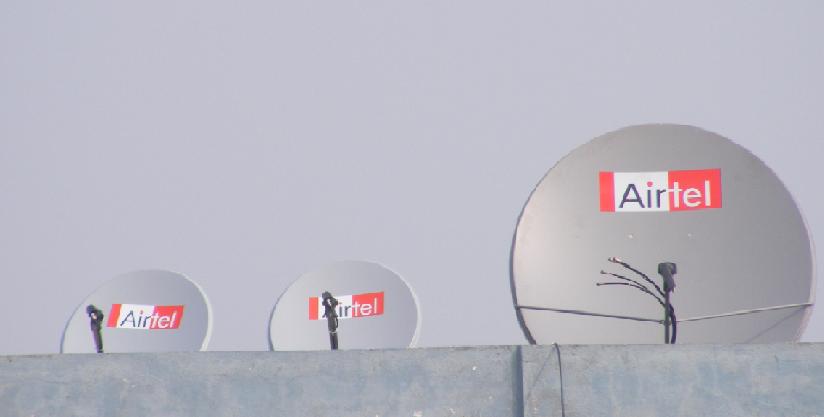
Bharati Airtel Limited, commonly known as Airtel, is an Indian global telecommunication service company and one of the top providers of telecommunication service across Asia, Africa and Channel Islands [1]. The company, which was India’s largest operator till a year ago, lost its spot to Reliance Jio which stormed into the telecom sector in September 2016 with its disruptive voice and data offerings [2].
On one hand, we have the worst time for India’s automobile sector and on the other, the telecom sector is set to boom as telecom tower tenancy ratio will increase from 1.95 times in 2016 to 2.9 times by 2020 due to the expansion of 3G, 4G and the onset of 5G technologies [3]. “Data is the new oil” says Mukesh Ambani, Chairman of Reliance Industries and Founder of Reliance Jio, who entered the telecom sector with the launch of Reliance Jio, shook up India’s telecom market and grabbed the number one position by revenue within just three years.
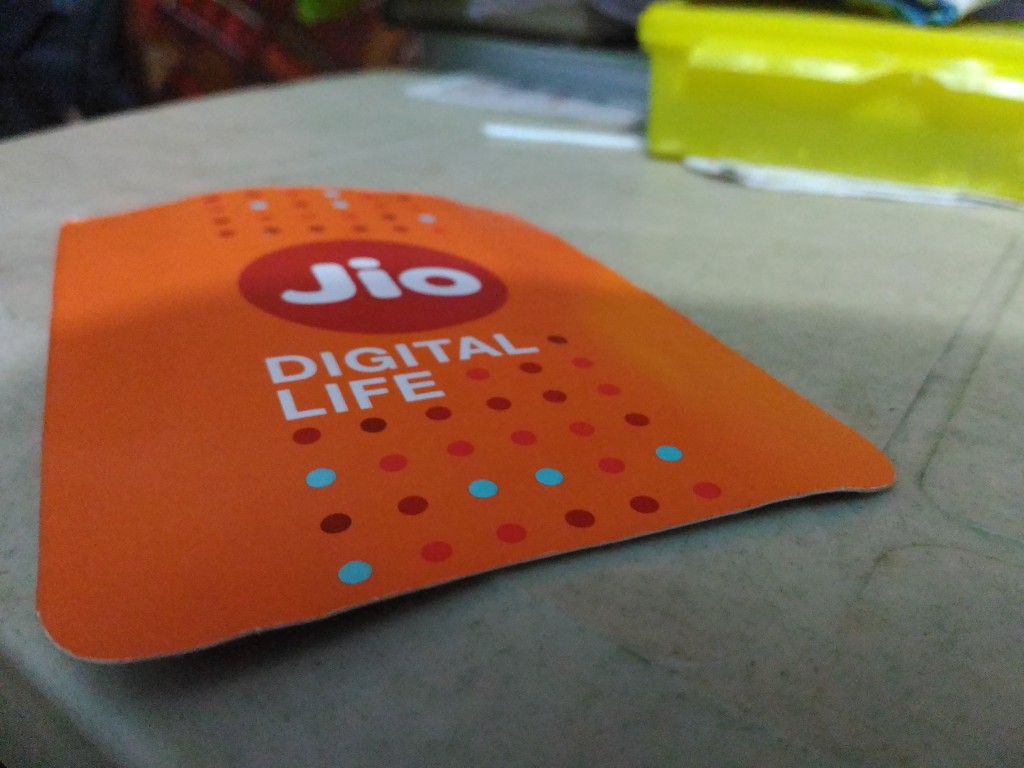
Is Reliance Jio creating a monopoly in the market? Jio aims at creating an entire digital ecosystem, offering services almost in every telecom application. Increasing customer base by providing attractive offers was always their strategy of expansion. Jio’s mega plan, Jio GigaFiber, can disrupt the home internet space just the same way it transformed the mobile internet landscape. It is constantly expanding its customer base by proposing “Welcome Offers” through free subscription to Hotstar, free HD or 4K LED TV and 4K Jio set-top box, and a ‘First Day First Show’ feature expected to be launched by 2020 which would enable premium subscribers to stream new movies on the day of their theatrical release [4].
Jio has triggered a broadband war with other telecom operators, and which Gladiator would turn out to the champion in this war will be decided by no one else but the customers. Consumers are attracted towards cashbacks, free goodies, and convenient services which carry a low switching cost. Jio has indirectly made it inevitable for other operators to come up with new services to increase and retain their customer base.

Airtel has returned fire by providing new offers in response to Reliance Jio’s disruptive broadband services. Airtel is coming up with the Omni-Channel strategy to entice all types of users from Mobile Services, Direct-to-Home TV to Broadband, with a range of super-premium tariff packs. The operator is tying up all loose ends to beat Reliance Jio’s offerings. For starters, the telco would offer an Android-based Smart Set-Top Box with high-speed broadband, free LED TV, which may also be bundled with various digital plans in ways similar to Jio’s.
From the point of view of coverage, even if Jio has reached a number of rural villages in India, considering data speeds Airtel fares better than Jio. Therefore, Airtel can certainly leverage this capability to target rural areas. A good and stable high-speed internet service can aid seamless access to the internet at home, schools, colleges and business places. This can help Airtel to have an edge over Jio with its sizeable customer base across post-paid mobile, DTH, broadband services, etc. Airtel has also merged with Tata Teleservices to expand their customer base and gain wider access to the 4G spectrum. This deal will again help Airtel to compete with Jio.
Customers now-a-days demand not only high speed data access, but also an uninterrupted service at the lowest price point. Therefore, value-rich tariff plans that would carry its seamless services across wider geographies would aid Airtel in its game plan to attract new customers and retain existing ones, thereby sustaining and improving its revenues and overall growth.
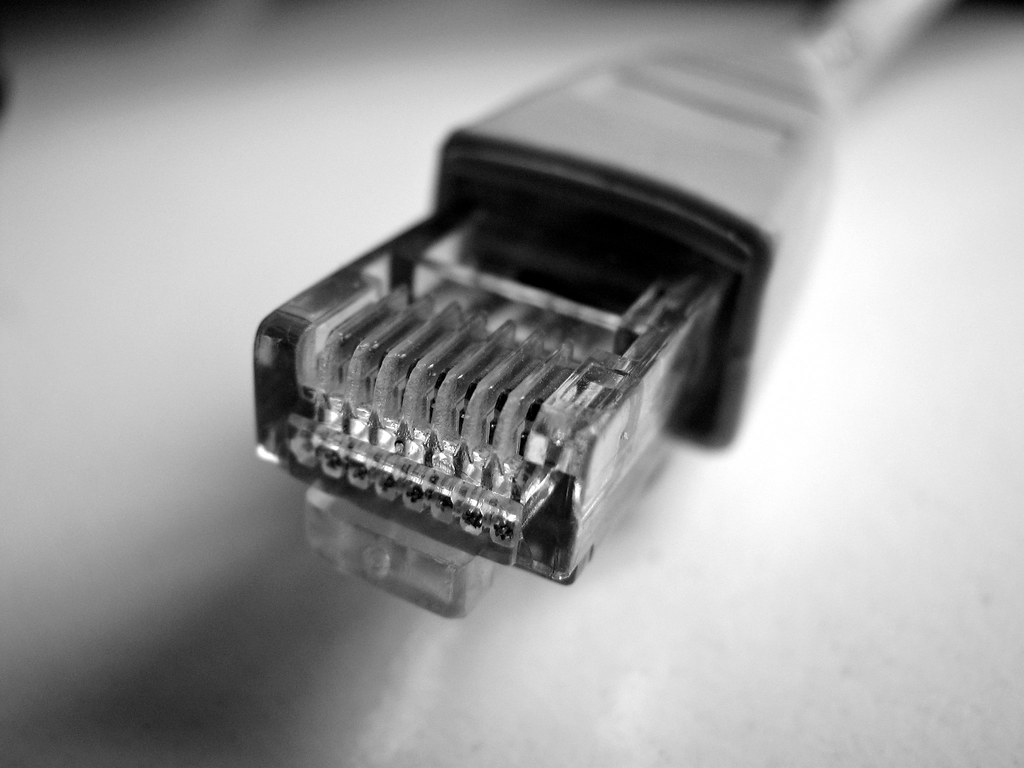
Written by: Sayali Nadhe
PGPM “Spartan” Class 2020
Great Lakes Institute of Management, Gurgaon
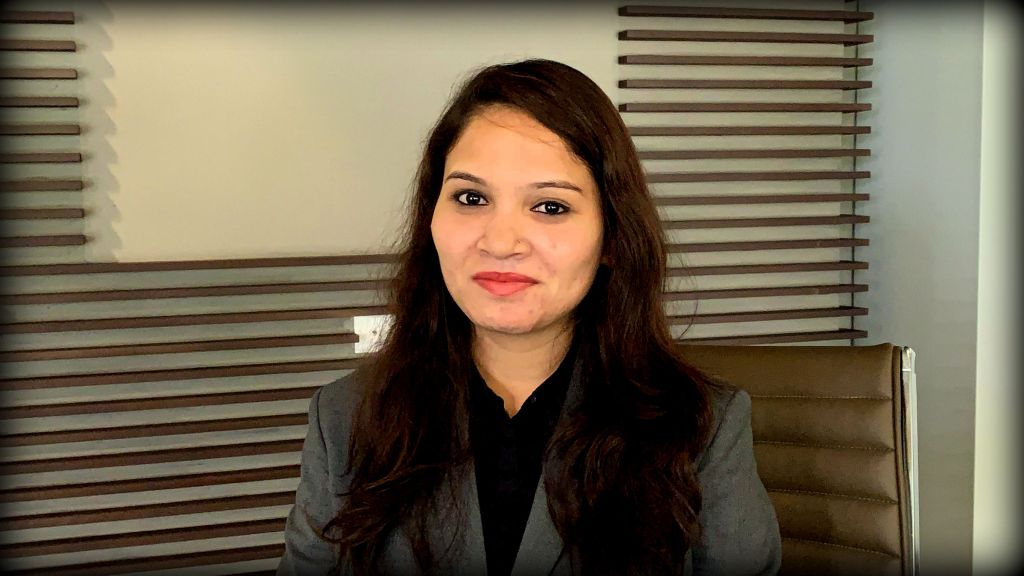
Sources:
[1]: https://www.statista.com/topics/4859/airtel/

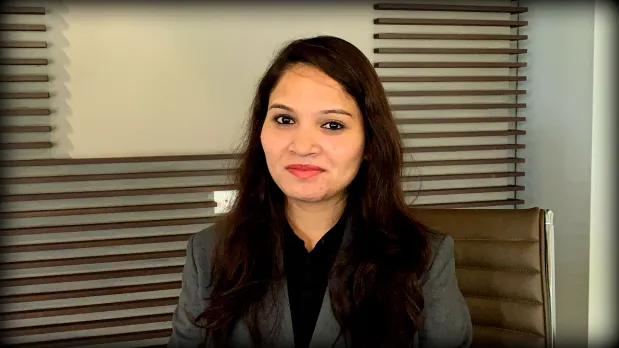
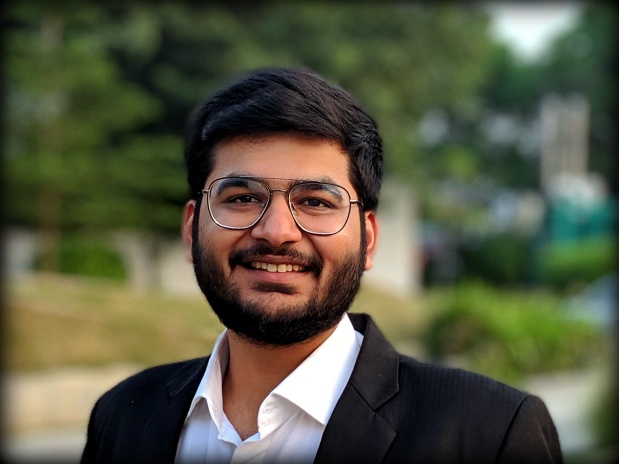




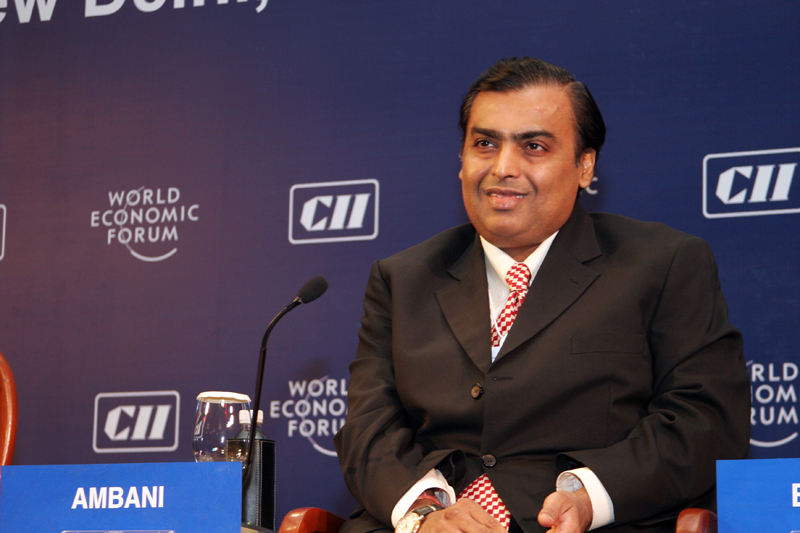
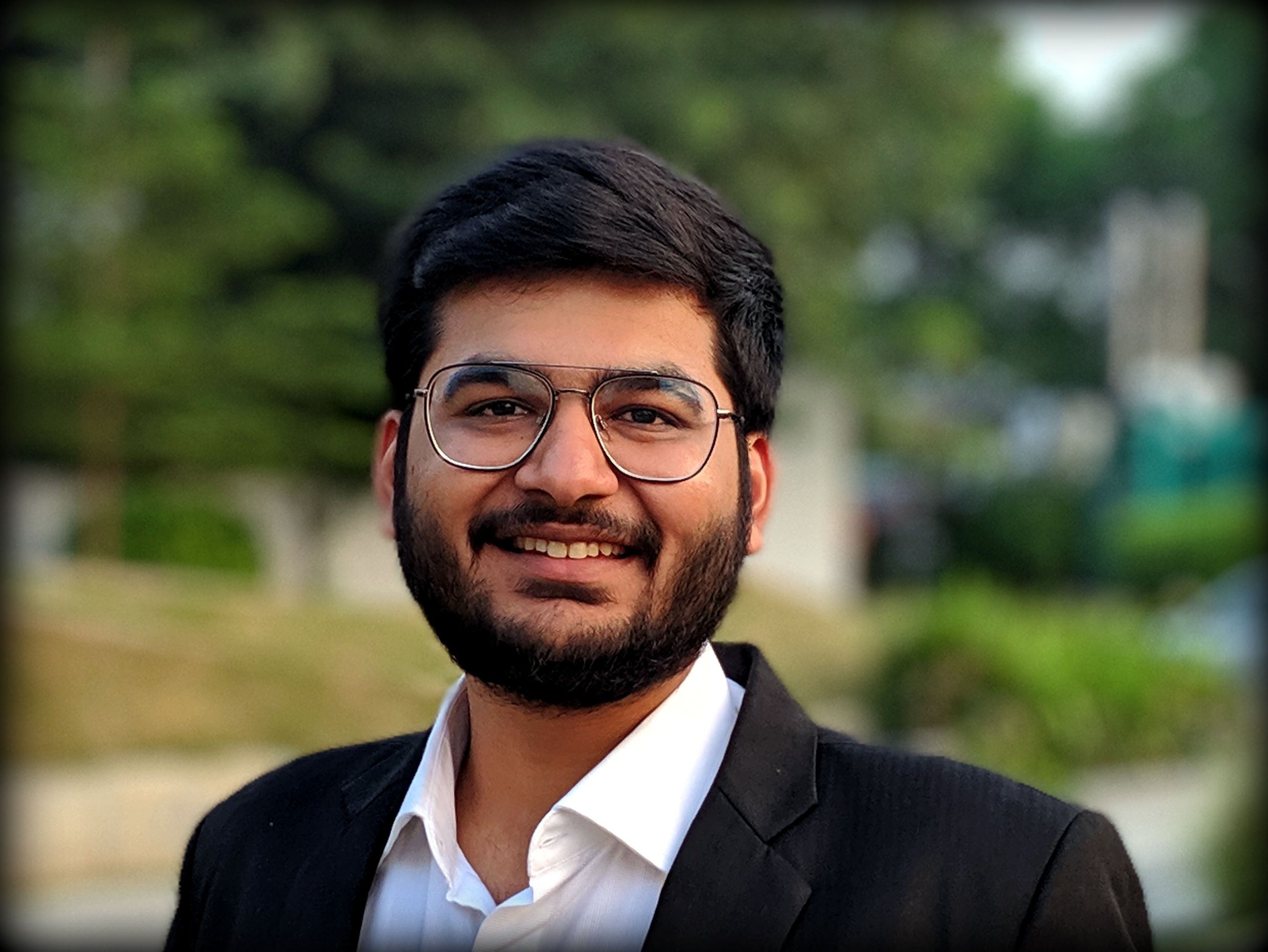




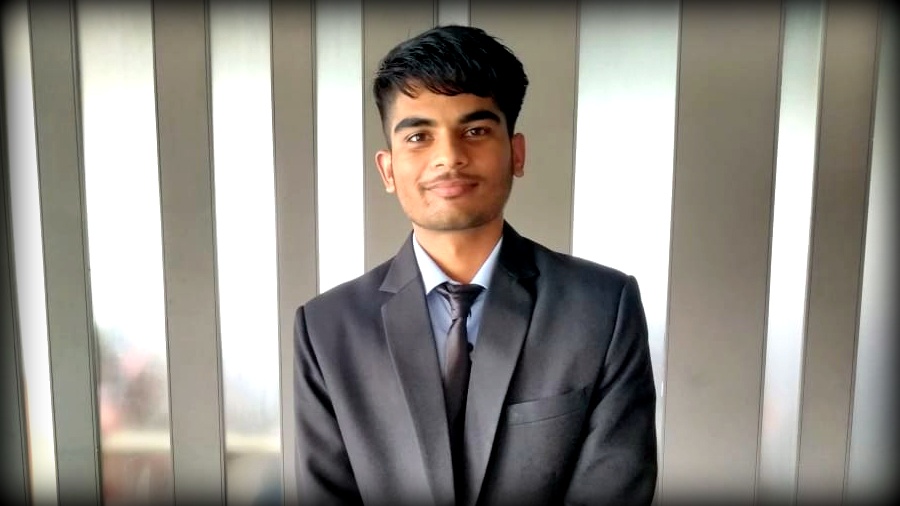

 Born to Krishna Devi and Krishna Bihari Vajpayee on 25th December 1924 in Gwalior, Atal Bihari Vajpayee did his schooling from Saraswati Shishu Mandir, Gwalior and later went on to complete his graduation from Laxmi Bai College, Gwalior. He then pursued his Masters of Arts in Political Science from DAV College, Kanpur, where he was awarded a first-class degree. A revolutionary nationalist at heart, at a tender age of 16, he was already working as an active member of RSS (Rashtriya Swayamsevak Sangh) and had earned the honour of being a freedom fighter when he was jailed for participating in ‘Quit India movement’. The urge for public service and uplifting our nation drove him throughout his life. From being one of the founding members of ‘Bhartiya Jan Sangh’ to organizing it into the first truly national party, ‘Bhartiya Janta Party’, formed in independent India, he exhibited strength, proactivity and responsiveness to various national and state-level issues, especially in the case of J&K protests against separate permits for other citizens. His extraordinary organizational and oratorical skills won the hearts of masses. His aptly articulated and poetic way of addressing public sessions soon started bearing fruits. In 1957, he was elected as a member of Lok Sabha from Balrampur. There, his oratorical skills so impressed Prime Minister Jawaharlal Nehru that he predicted that Vajpayee would someday become India’s Prime Minister. He served as an MP (Member of Parliament) for 47 years thereafter, as he was elected 10 times for Lok Sabha and 2 times for Rajya Sabha. As his political career progressed, Atalji became a name synonymous with Integrity, Cohesiveness, Patience and Cooperation. He was an inspiration for many and he strongly upheld our nationalistic identity on international platforms. India had just started gaining momentum, when as a ‘Minister of External Affairs’, he addressed the UN General assembly in Hindi. It showed the love he had for his motherland and his capability to think differently to create a distinct national identity.
Born to Krishna Devi and Krishna Bihari Vajpayee on 25th December 1924 in Gwalior, Atal Bihari Vajpayee did his schooling from Saraswati Shishu Mandir, Gwalior and later went on to complete his graduation from Laxmi Bai College, Gwalior. He then pursued his Masters of Arts in Political Science from DAV College, Kanpur, where he was awarded a first-class degree. A revolutionary nationalist at heart, at a tender age of 16, he was already working as an active member of RSS (Rashtriya Swayamsevak Sangh) and had earned the honour of being a freedom fighter when he was jailed for participating in ‘Quit India movement’. The urge for public service and uplifting our nation drove him throughout his life. From being one of the founding members of ‘Bhartiya Jan Sangh’ to organizing it into the first truly national party, ‘Bhartiya Janta Party’, formed in independent India, he exhibited strength, proactivity and responsiveness to various national and state-level issues, especially in the case of J&K protests against separate permits for other citizens. His extraordinary organizational and oratorical skills won the hearts of masses. His aptly articulated and poetic way of addressing public sessions soon started bearing fruits. In 1957, he was elected as a member of Lok Sabha from Balrampur. There, his oratorical skills so impressed Prime Minister Jawaharlal Nehru that he predicted that Vajpayee would someday become India’s Prime Minister. He served as an MP (Member of Parliament) for 47 years thereafter, as he was elected 10 times for Lok Sabha and 2 times for Rajya Sabha. As his political career progressed, Atalji became a name synonymous with Integrity, Cohesiveness, Patience and Cooperation. He was an inspiration for many and he strongly upheld our nationalistic identity on international platforms. India had just started gaining momentum, when as a ‘Minister of External Affairs’, he addressed the UN General assembly in Hindi. It showed the love he had for his motherland and his capability to think differently to create a distinct national identity.